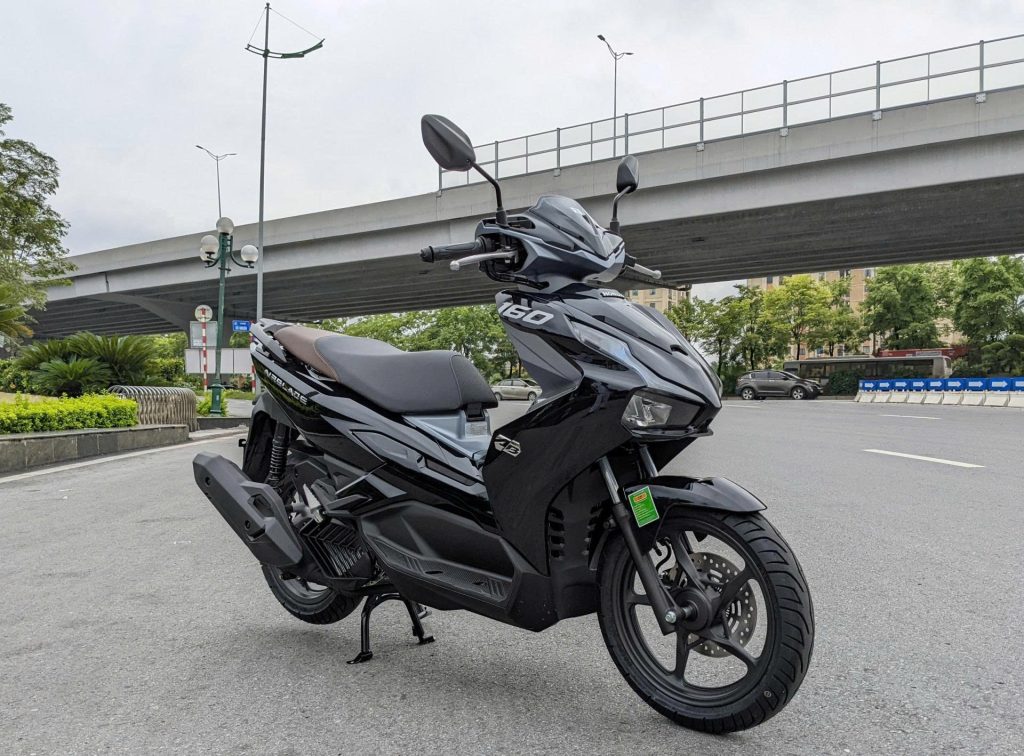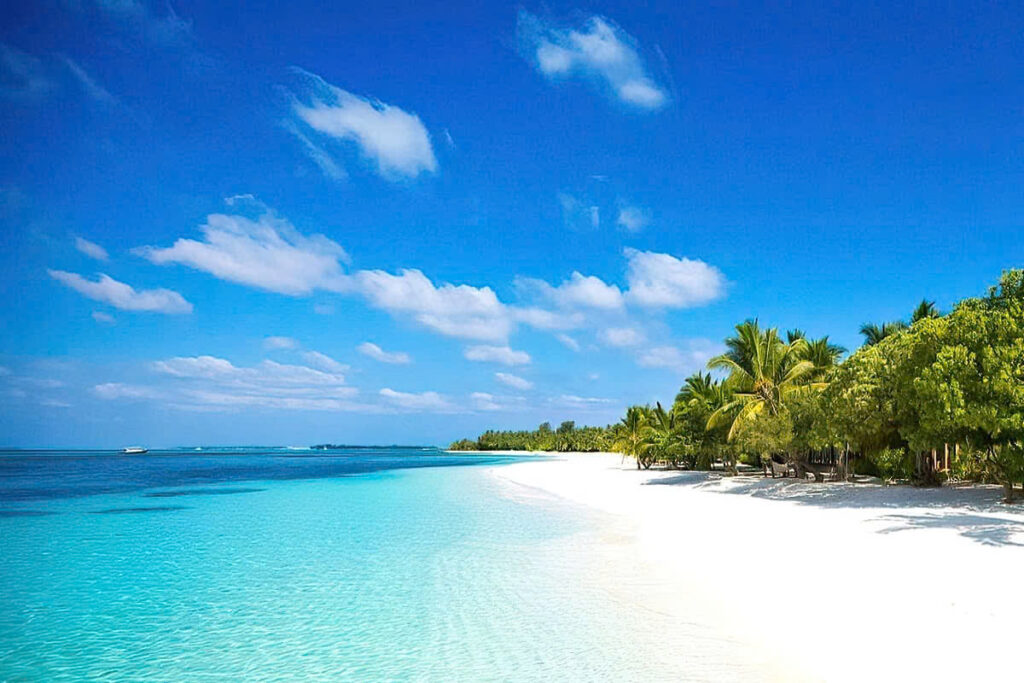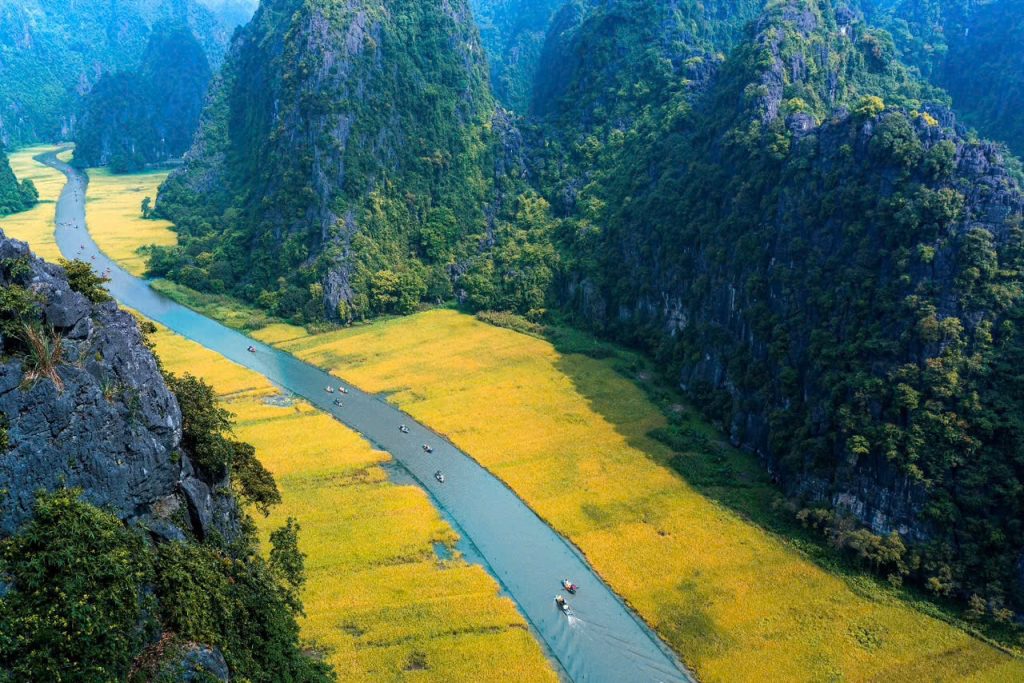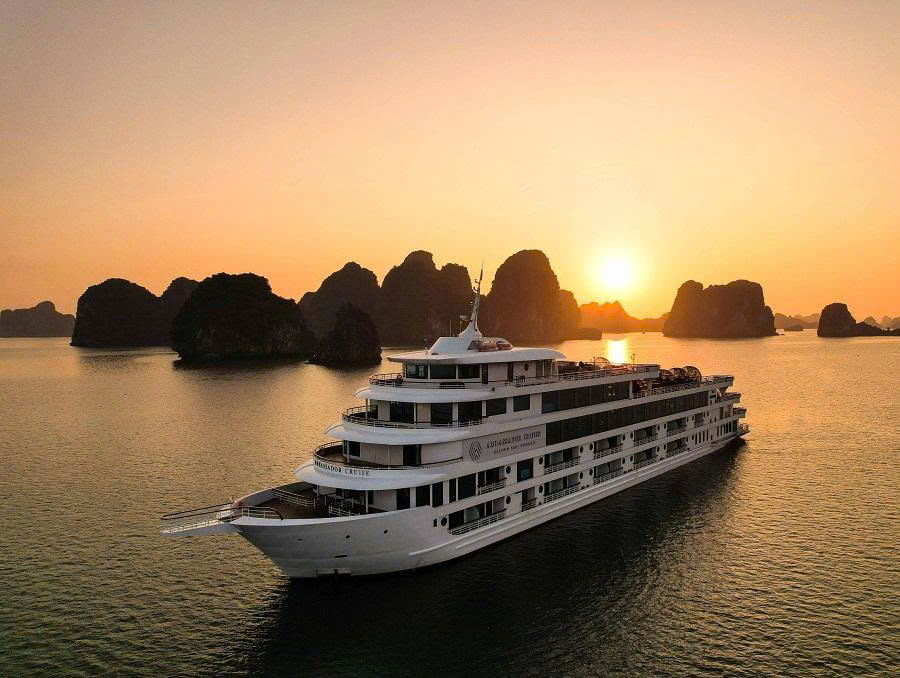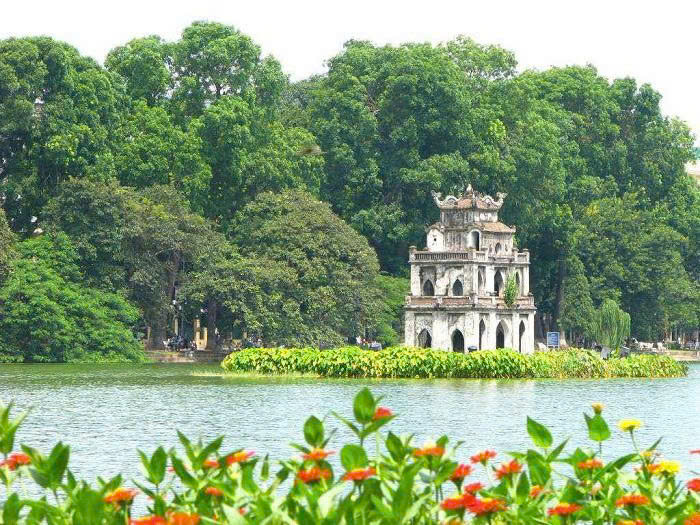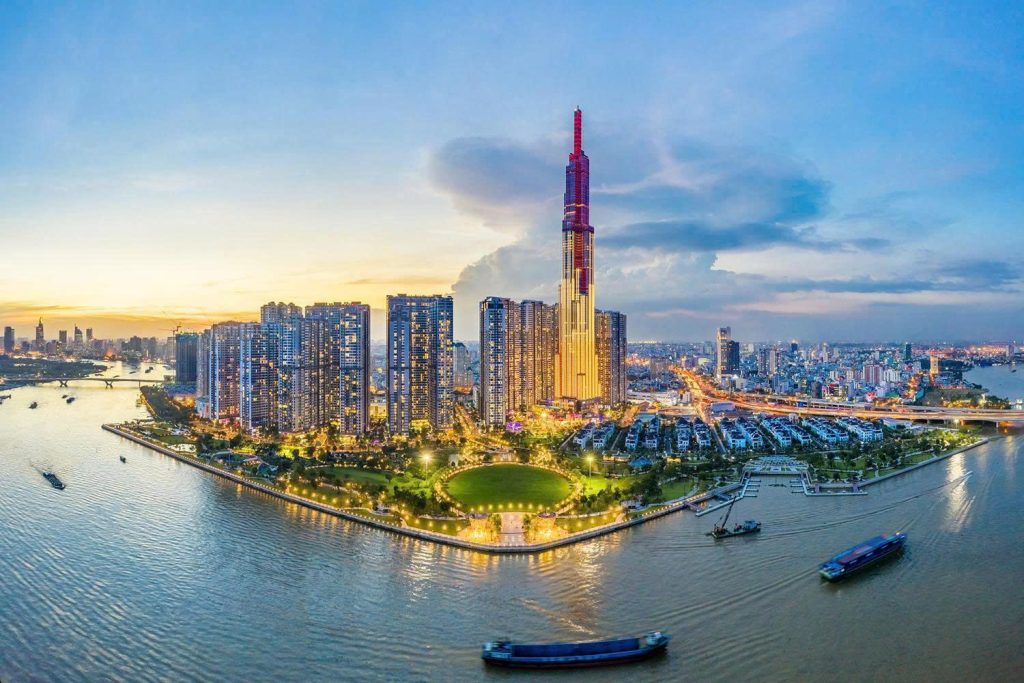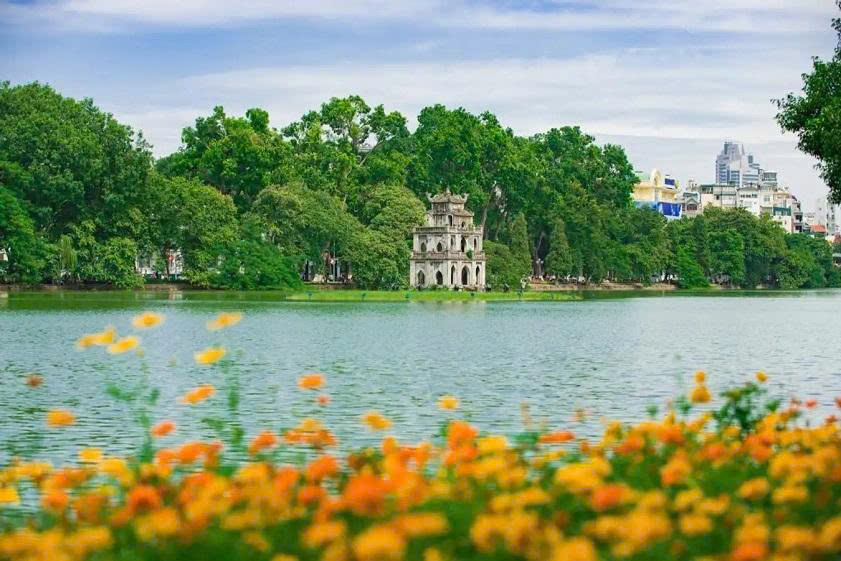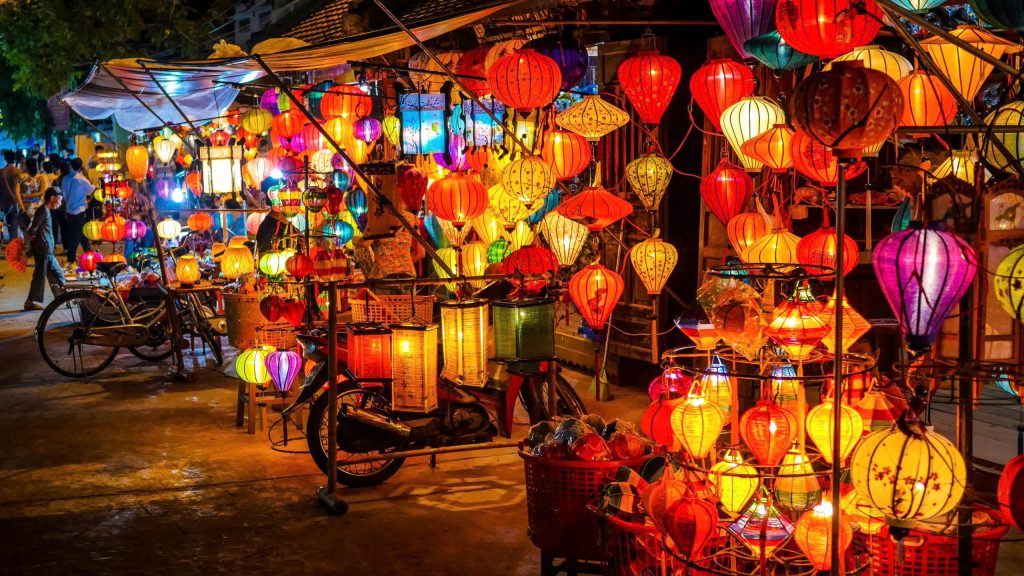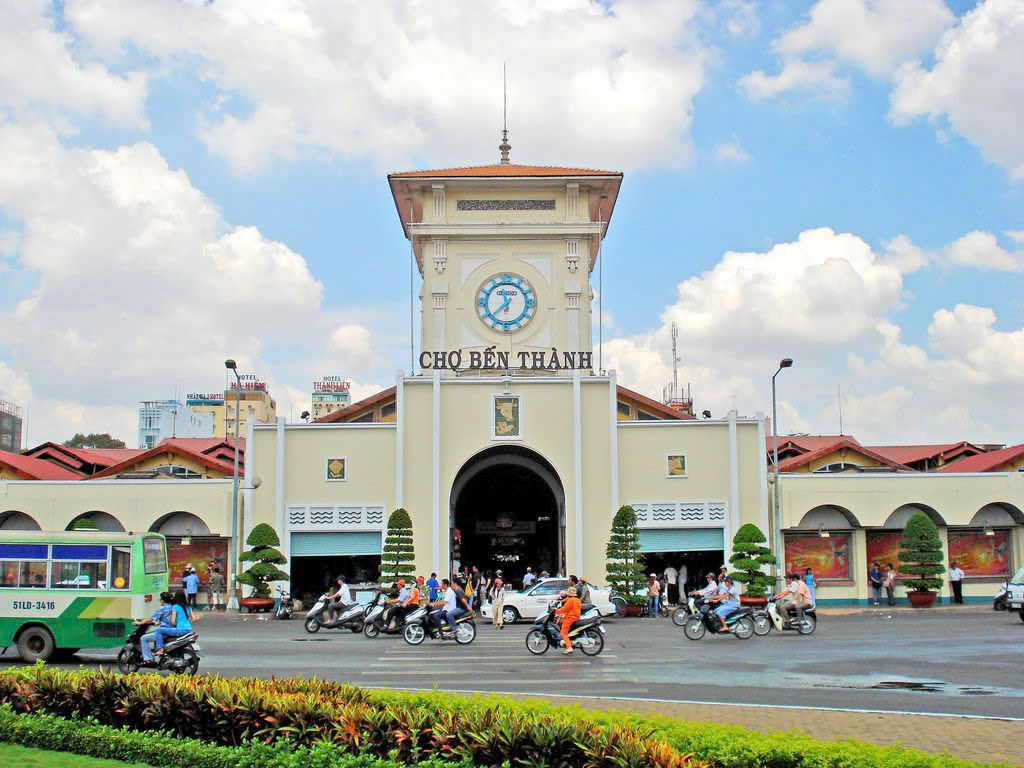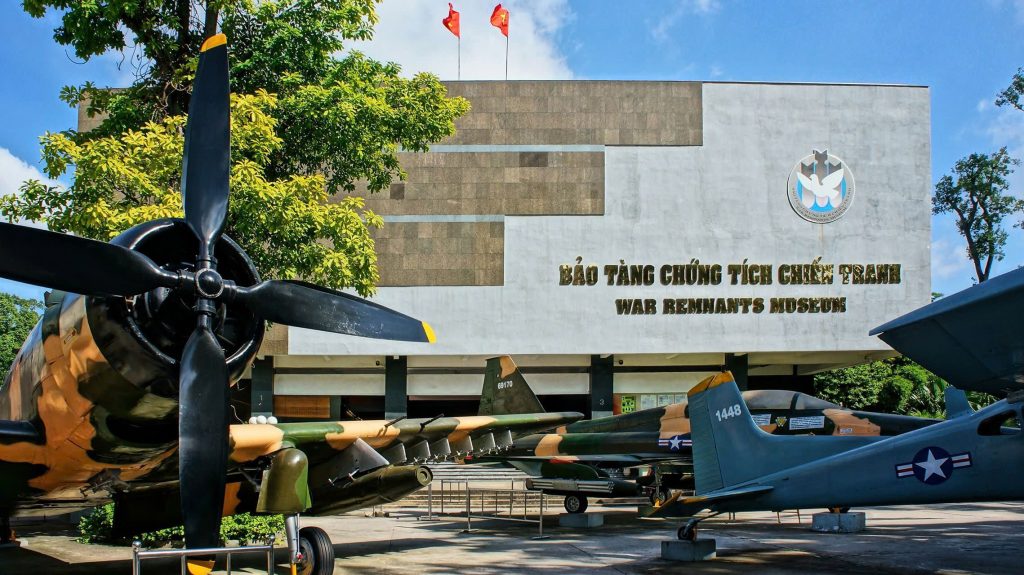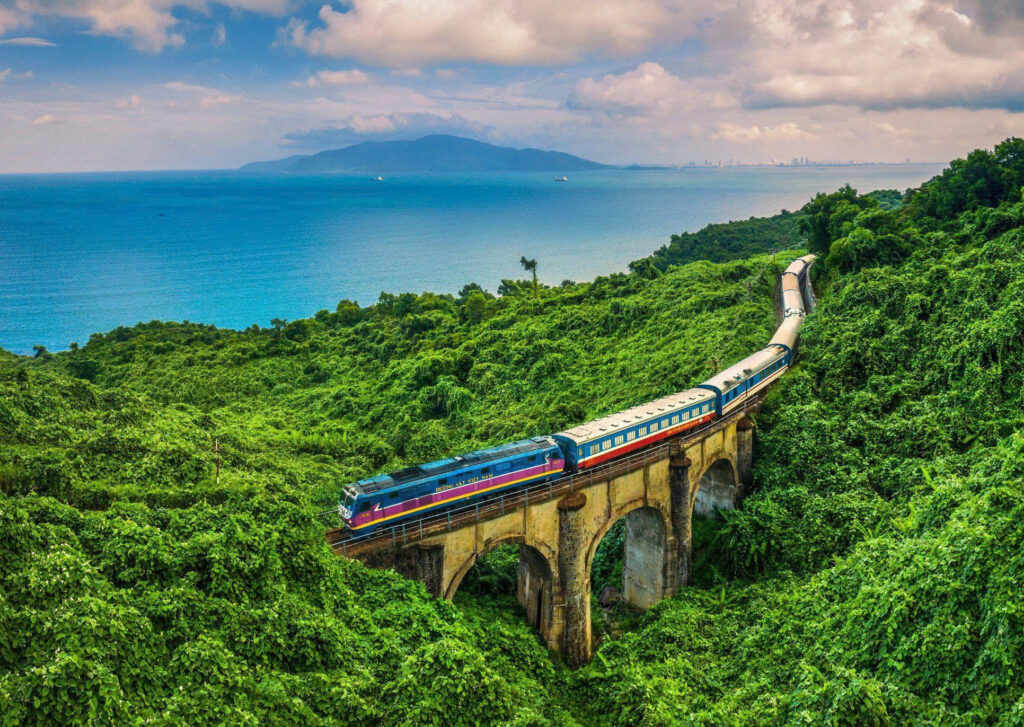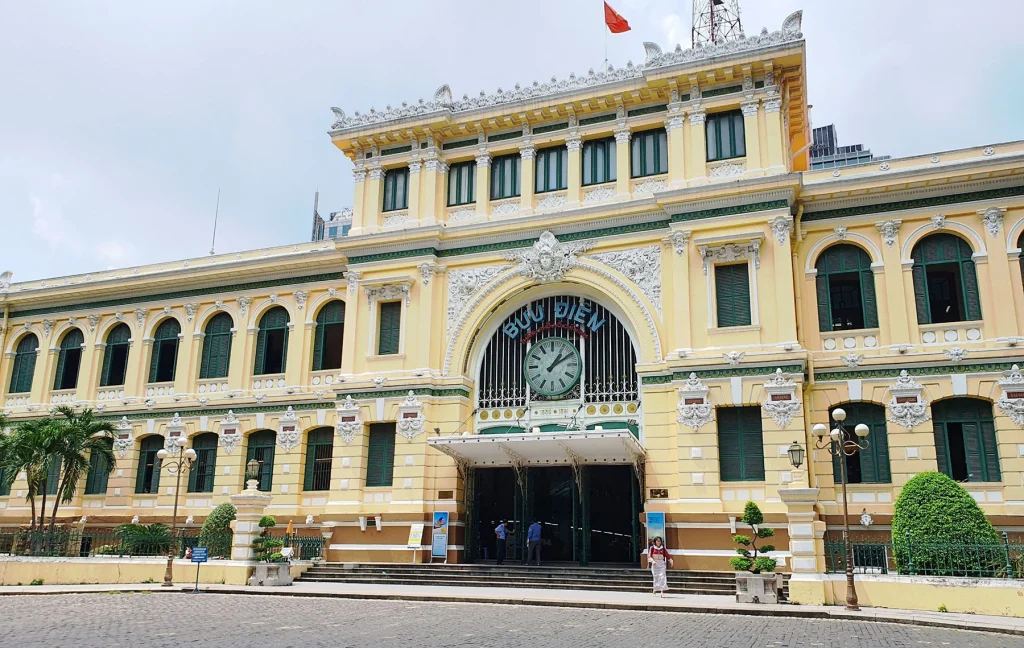Exploring Vietnam on a motorbike is an unparalleled adventure. It offers the freedom to navigate bustling city streets and the flexibility to discover remote, scenic backroads. From the vibrant energy of Hanoi and Ho Chi Minh City to the breathtaking landscapes of the Ha Giang Loop, a motorbike is your key to an authentic experience.
However, renting a motorbike, especially for first-time visitors, can be daunting. With different types of bikes, complex traffic rules, and potential scams, it’s easy to feel overwhelmed. This guide provides you with all the essential information to ensure your motorbike rental is safe, legal, and hassle-free.
Navigating the Legal Landscape: What Documents Do You Need?
Before you even step into a rental shop, understanding the legal requirements is crucial. Driving without the correct documentation can lead to significant fines and legal trouble.
The International Driving Permit (IDP)
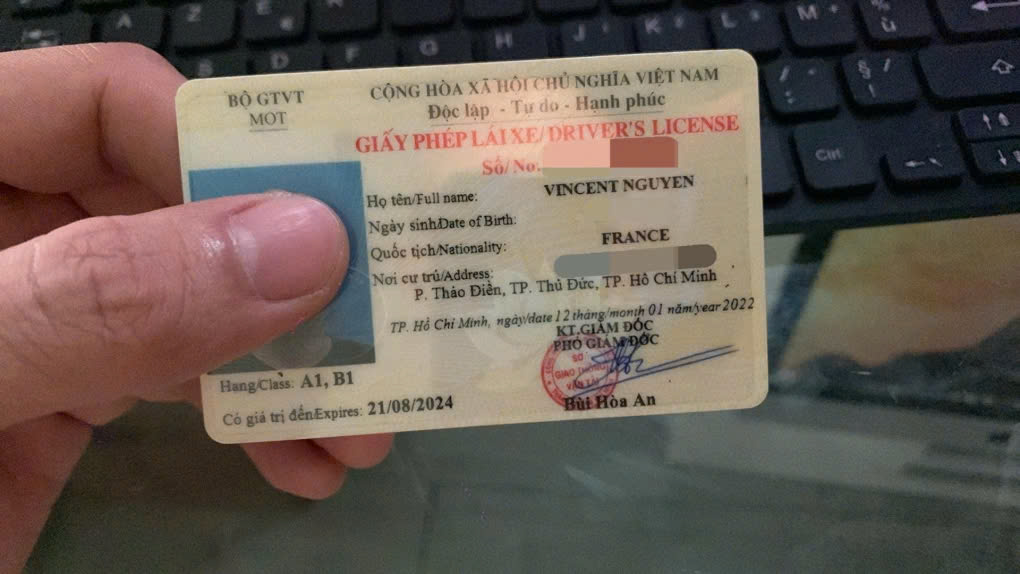
For most foreign tourists, an International Driving Permit (IDP) is a must. The IDP is a translation of your home country’s license and is legally recognized in Vietnam, as it’s a signatory to the 1968 Vienna Convention on Road Traffic. Make sure your IDP is issued in your home country and is valid for a motorbike. If your home country is a signatory to a different convention, you might need to check specific requirements.
Your Passport and Visa
Most rental shops will require you to leave your original passport or a significant cash deposit as collateral. This is a common practice, but it’s important to be aware of the risks. If you are not comfortable leaving your passport, you can try to negotiate a higher cash deposit or provide a photocopy, but be prepared for some shops to refuse. Always take a photo of your visa and passport for your records.
Choosing Your Ride: Scooters, Manuals, and Everything in Between
Selecting the right type of motorbike depends on your experience, comfort level, and travel plans.
Scooter (Automatic)
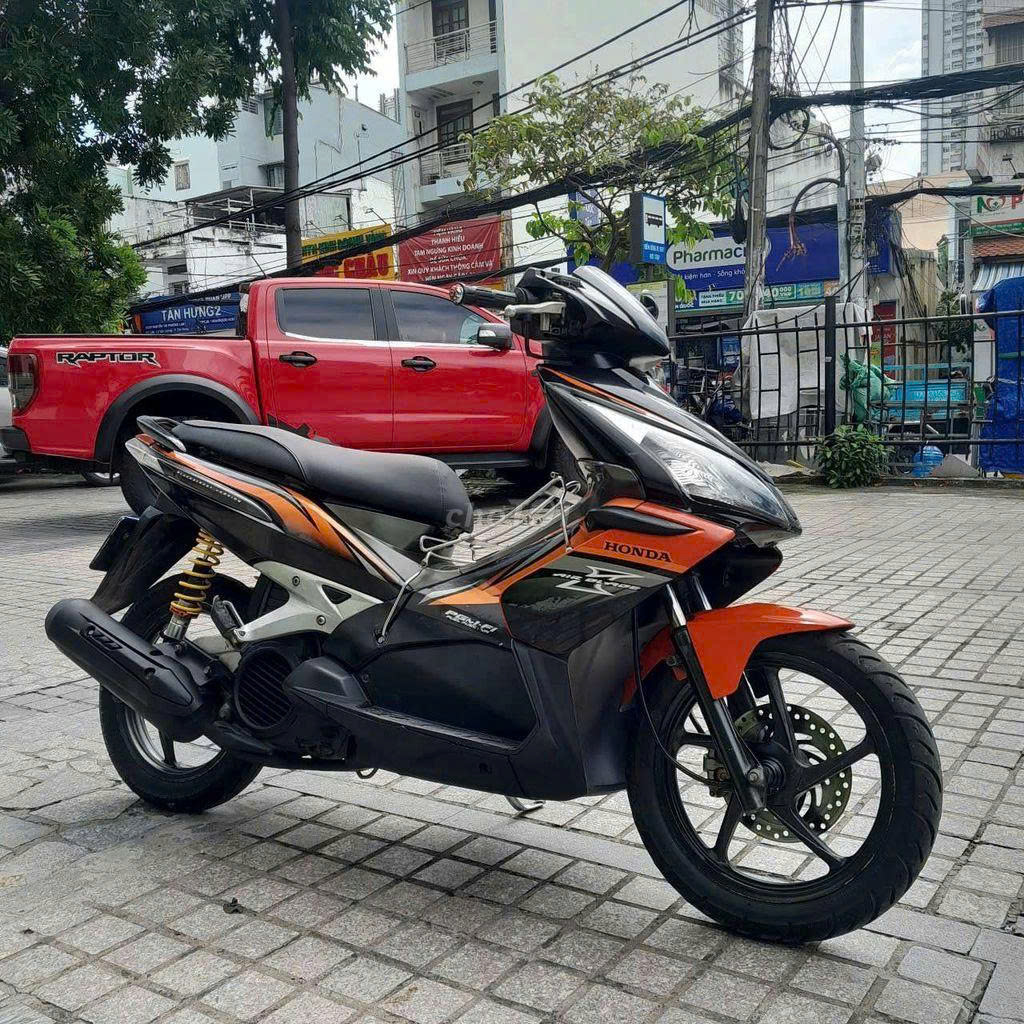
The most popular choice for tourists, a scooter is easy to ride and perfect for city travel. Brands like Honda, Yamaha, and SYM are common. They are ideal for navigating through dense traffic in places like Hanoi and Ho Chi Minh City and are a good option if you have no prior experience.
Semi-Automatic Bike
A semi-automatic offers more control and better fuel efficiency, making it a great option for longer journeys or light off-road travel. They are simple to operate, as they don’t have a clutch. This type of bike, like the Honda Wave, is a versatile choice for a mix of city and rural riding.
Manual/Clutch Bike
For experienced riders and adventurers planning to tackle more challenging terrain, a manual bike is the way to go. These bikes offer superior control and power, which is essential for mountainous regions. If you’re planning a trip like the Ha Giang Loop, a manual bike is highly recommended.
The Art of Inspection: Before You Hit the Road
A thorough inspection before signing the rental agreement can save you from major headaches and unexpected costs.
The “Walk-around” Check
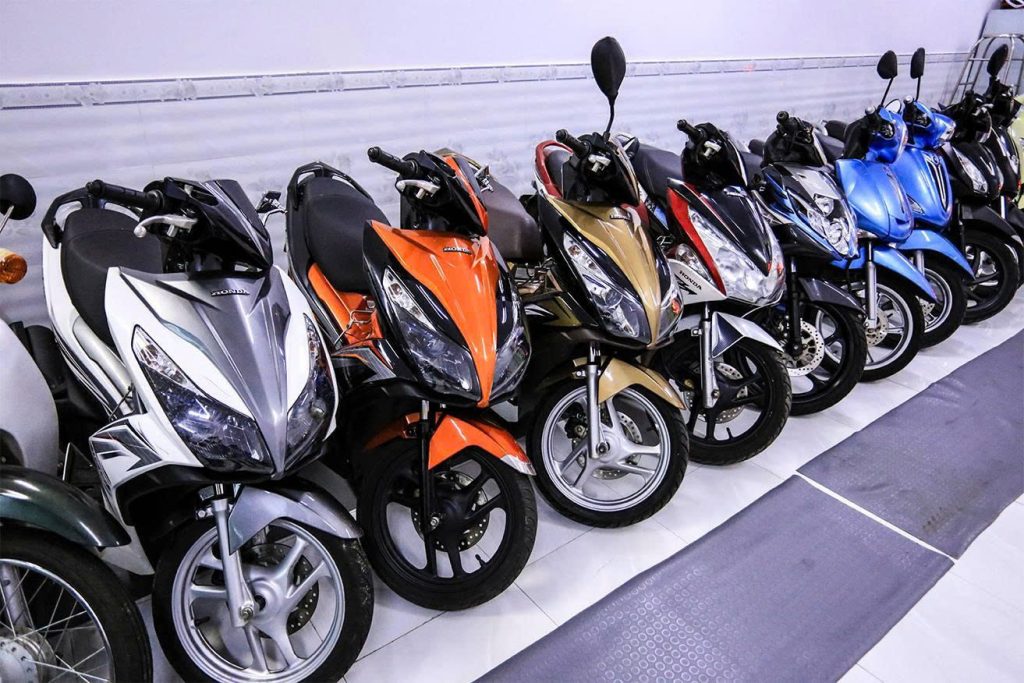
Before you accept the bike, perform a detailed check of its condition. Test the brakes (both front and rear), check the tire pressure and tread, and ensure all lights (headlight, taillight, turn signals) and the horn are working. Listen to the engine for any unusual noises. A smoothly running engine is a good sign.
Document Everything!
This is one of the most critical steps. Use your phone to take detailed photos and videos of the entire motorbike, highlighting any pre-existing scratches, dents, or damage. This evidence can protect you from being unfairly charged for damage you didn’t cause.
Finding a Trustworthy Rental Shop: Red Flags and Green Lights
The quality of your experience often depends on the rental company you choose. Being able to spot a reputable business from a scam is essential.

What to Look for (Green Lights)
- Positive Reviews: Check online reviews on Google Maps and travel forums. A shop with numerous positive reviews is a good indicator of reliability.
- Clear Contracts: A legitimate shop will have a transparent rental agreement written in both Vietnamese and English, detailing all clauses, including insurance, deposit, and late fees.
- Professionalism: A professional business will take the time to explain the bike’s operation, the contract, and will provide a quality helmet.
Common Scams to Avoid (Red Flags)
- The “Pre-existing Damage” Trick: This is a classic scam where a rental shop will try to charge you for damage that was already on the bike. This is why thorough photo documentation is so important.
- The “Stolen Bike” Scam: In this scenario, the shop owner or an accomplice may follow you, steal the bike, and then demand an exorbitant amount of money to cover the “loss.” To avoid this, only rent from highly-rated, well-known shops and never leave the bike in an unsafe location.
- Unclear Deposit Policies: Be wary of shops that are vague about the deposit amount or the refund process. A legitimate company will have a clear, written policy.
Your Safety First: Navigating Vietnam’s Traffic
Vietnam’s traffic is famous for being chaotic and overwhelming. It follows a unique “flow” that can be confusing at first, but with a few simple rules, you can stay safe.
Understanding the “Flow” of Traffic

In Vietnam, traffic moves as a continuous stream. Don’t expect people to stop for you at intersections. Instead, maintain a steady, predictable speed and let the traffic flow around you. Don’t swerve suddenly and use your horn as a courtesy warning, not an aggressive signal.
The Importance of a Quality Helmet
A good quality helmet can save your life. It is the law to wear one, but many shops will provide cheap, ill-fitting ones. It is highly recommended to buy your own high-quality helmet that fits you properly.
What to Do in an Emergency
In the event of a minor accident or a bike breakdown, stay calm. If you have an accident, move to the side of the road if it is safe to do so. Contact your rental company immediately, as they can often provide assistance or a replacement bike. If the police are involved, having a basic understanding of the situation and your documents can be helpful.
RELATED: Best Time to Visit Vietnam 2025: Weather by Month & Travel Tips
Renting a motorbike in Vietnam is more than just a means of transport; it’s an experience. It’s an opportunity to immerse yourself in the local culture, discover hidden gems, and create unforgettable memories. By being prepared, understanding the risks, and choosing a reputable company, you can make your journey an amazing one. Always trust your instincts, prioritize safety, and most importantly, embrace the adventure!

